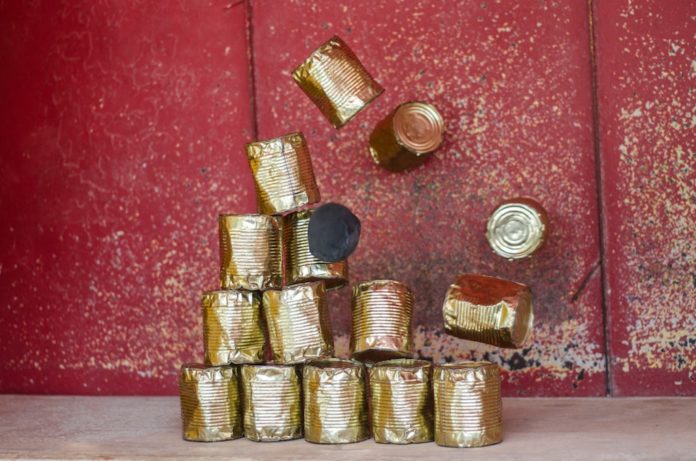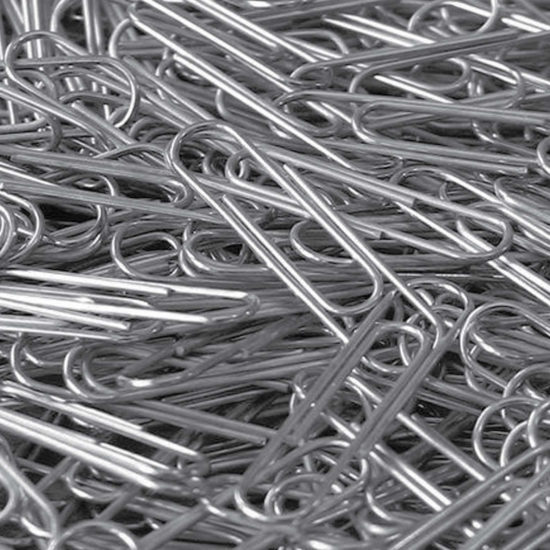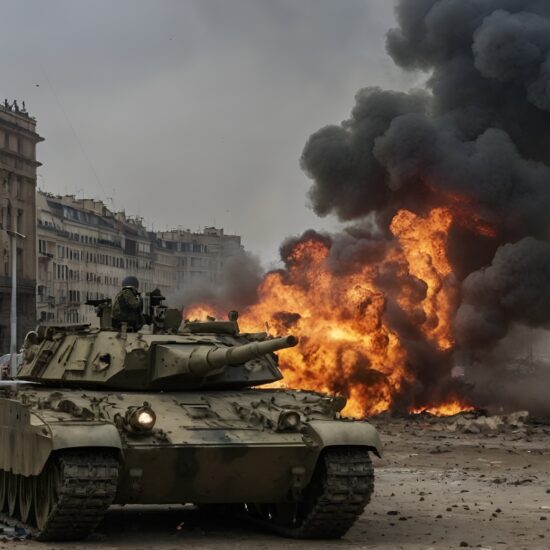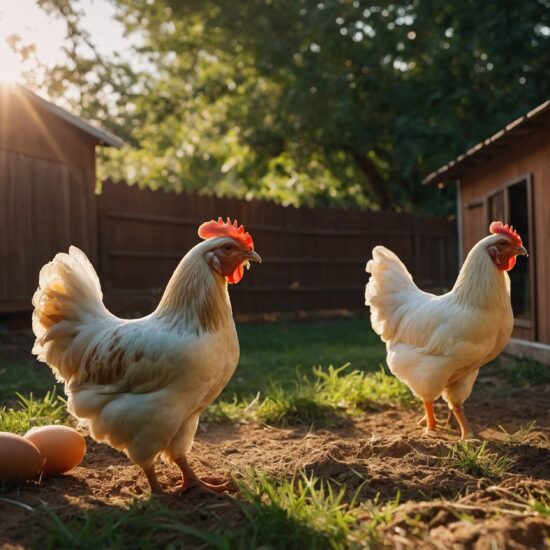
Whether it is a hurricane, economic collapse, or EMP blast, you know that disaster could strike at any moment.
This isn’t being paranoid. This is being realistic.
And when we face the reality that disasters could happen, we can take steps to prepare for them. One of the most important steps for disaster preparation is food stockpiling.
Whether you are a long-time prepper or newbie, make sure you aren’t making these food stockpiling mistakes.
Not Stockpiling Enough
Most grocery stores keep a stockpile of food that would last people about 3 days – assuming that you are able to get to the grocery store at all.
So, a stockpile of 3 days worth of food might be fine for getting you through a small blizzard. But it isn’t going to do squat when a major disaster occurs and the supermarkets can’t restock for weeks or even months.
At the very minimum, you should have a 30-day stockpile of food on hand.
This can seem difficult if you have limited space for your food stockpile. But stick to dense foods which don’t take up much space, like cans of beans and bags of rice as opposed to bags of potato chips.
Keeping All of Your Food Stockpile in One Place
In event of a disaster like an EMP attack, your disaster plan may be to hunker down for the next month until the chaos dies down.
But plans don’t always go according to plan!
What if you aren’t at home when the disaster occurs? What if your home is wiped out? What if intruders take over your home?
For these reasons, you need to keep some food stockpiled in other places too, like at work and in the trunk of your car. You might not be able to stockpile 30 days worth of food there, but any little bit will help.
Not Rotating Food Stockpiles
Just because canned and dry food seem like they can last forever, it doesn’t mean you should let them sit on the shelves until doomsday. Continuously use food from your stockpile, and replace it in the process (emphasis on replacing it).
Improper Storage
Your food stockpile needs to be stored in a cool, dry place. Mold can quickly destroy foods like rice, pasta, and cereals. You also need to make sure your food stockpiles are properly sealed to keep out bacteria and pests.
Here are some good articles to start with about how to properly store items for the long term:
Storing Drinking Water in Recycled Bottles
You will need a LOT of water for a 30-day emergency stockpile.
Consider that a person should drink about 8 cups of water per day (1/2 gallon). That means you need 15 gallons of water per person. But that is just water for drinking!
You also need enough water for cooking and sanitation. Aim to have at least 1 gallon of water per person, per day.
It is completely okay to use your old plastic bottles (such as old milk jugs which have been cleaned out) for storing water. However, they need to be properly cleaned and sanitized so mold and bacteria don’t start to grow.
You also need to ROTATE your water AND THE BOTTLES every 6-12 months.
Plastic bottles, especially milk jugs, are biodegradable. If you don’t toss them, your emergency water will leak out!
Learn more about the best water storage containers.
Forgetting Nutrition and Medical Conditions
Just because the end is near, it doesn’t mean you should completely forget about nutrition.
Sure, you will be better off than your neighbors who are eating out of trash cans and fighting rats for scraps… but you still need to be healthy in order to keep up your energy levels. A stockpile of mac n’ cheese just isn’t going to cut it.
Try to diversify your food stockpile as much as possible. You will not only want the obvious foods like dry grains and beans, but meat, dried fruits, dried milk, nuts and seeds, and dried veggies.
I highly recommend getting a food dehydrator so you can make your own dried veggies. You can usually find freeze-dried veggies at health food stores.
Also, don’t forget about any medical conditions your team members may have.
Stockpiling food for a diabetic is obviously going to look a lot different than for other people!
Not Stockpiling Equipment with the Food
Great, you’ve got an endless supply of rice and beans to eat! But how are you supposed to cook them???
Don’t forget to stockpile cooking equipment along with your food, including a stove and fuel, a can opener, and a pot.
Telling People about your stockpile
I know you are proud, but don’t tell people about your food stockpile. When SHTF, where do you think they are going to come to first???
Not Keeping Pests Out
Last year, my wife opened up one of our bags of stored rice only to have a swarm of moths come out. We thought we’d done a good job of sealing off the bag – but that doesn’t do any good when the eggs were already in the rice when we packed it!
Instead of being disheartened by this experience, we learned from it. Now we know that we’ve got to take steps to keep pests out of our food stockpile.
This includes moths, mice, rats, cockroaches, and many other pests which can get into your food.
Read more about dealing with pantry pests.
Relying On Your Stockpile
Let’s hope that the chaos after the disaster dies down within 30 days (or however long you’ve stockpiled food for) and you can return to normal life shopping at the supermarkets. But what if it doesn’t?
How do you plan on eating when the stockpile runs out?
Good disaster planning requires you to think of the worst-case scenario. This isn’t being paranoid or pessimistic. It is being prepared!
Now is the time to learn survival skills like how to forage for food in the wild, how to make your own self-sustaining food systems (such as aquaponics), and how to hunt.
How are you stockpiling your food? Please share your tips in the comments section.




















